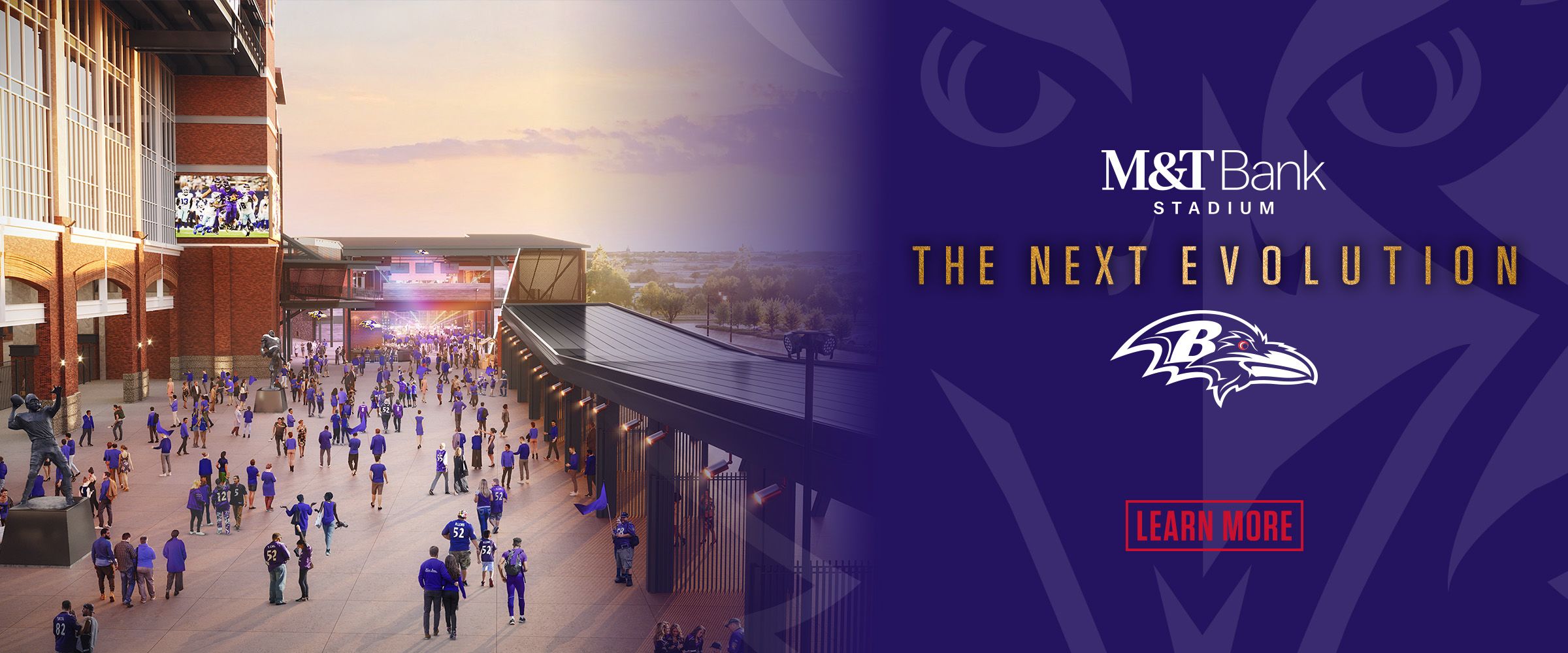As the first round of the 2018 NFL Draft played out, the Ravens yet again had a top-notch defensive player fall into their laps.
A record four quarterbacks went in the first 10 selections. The Oakland Raiders surprisingly took offensive tackle Kolton Miller at No. 15.
Suddenly, sitting at pick No. 16, the Ravens had Florida State safety Derwin James in their grasp.
The Ravens thought long and hard about turning in the card with his name, but ultimately traded the pick to the Buffalo Bills, who took Virginia Tech linebacker Tremaine Edmunds. With the next pick, the Los Angeles Chargers grabbed James.
"It was difficult. I think, had we stayed there, [James] would have been the pick," Assistant General Manager Eric DeCosta said. "What we tried to do is weigh the value of the trade looking at it from the standpoint of multiple players versus Derwin James."
The first trade back triggered other moves made with the picks it added. It eventually led to five extra selections: tight end Mark Andrews (third round), linebacker Kenny Young (fourth round), wide receiver Jordan Lasley (fifth round), offensive tackle Greg Senat (sixth round) and center Bradley Bozeman (sixth round). All that, and the Ravens still got top tight end Hayden Hurst in the first round.
Still, some players are so good that teams should take them even if there's an opportunity to add more picks and still select a quality player. DeCosta named Georgia linebacker Roquan Smith as one of those players. The ultra-athletic James was tempting.
"I thought Derwin James was one of the best players in the draft," DeCosta said.
But there were two factors that outweighed staying put and taking him at No. 16.
1) The Ravens wanted to improve their passing attack and knew they could later in the round
2) The Ravens saw a lot of value in the rounds 3, 4 and 5 this year
"In January, when we were down in Jupiter, we talked about the importance of adding some playmakers to our offense," DeCosta said.
"We looked at this draft as similar to the draft two years ago when we had all the fourth-round picks. The value of this draft was really in the third, fourth, fifth rounds. So for us to go back and get additional picks, it made a lot of sense. As hard as it was moving away from Derwin James, we felt like it was the right thing to do for this club."
The Ravens' initial trade took them to pick No. 22. They traded back again, this time three spots to No. 25, because DeCosta said there were four players graded similarly on their board. They knew they would get one of them by inching back.
The second trade back turned a sixth-round pick into a fourth-round pick, which Baltimore shipped to Philadelphia as part of the trade to get first-round quarterback Lamar Jackson (as well as a 2019 second-round selection).
One of those players was wide receiver D.J. Moore, who was picked up by the Carolina Panthers at No. 24. But Baltimore had tight end Hayden Hurst, wide receiver Calvin Ridley and quarterback Lamar Jackson still on the board.
DeCosta said studies show that when there's a clump of similarly-graded players, the the greater value is taking a player later in that grouping while getting more picks.
"There really is no certainty that the 23rd pick is going to be better than the 24th pick or 25th pick or 26th pick," DeCosta said.
"You've got to weigh the value of the additional picks, which end up being essentially lottery tickets. If you get three additional picks and one of those guys ends up being a significant player, you're ahead of the game."



















